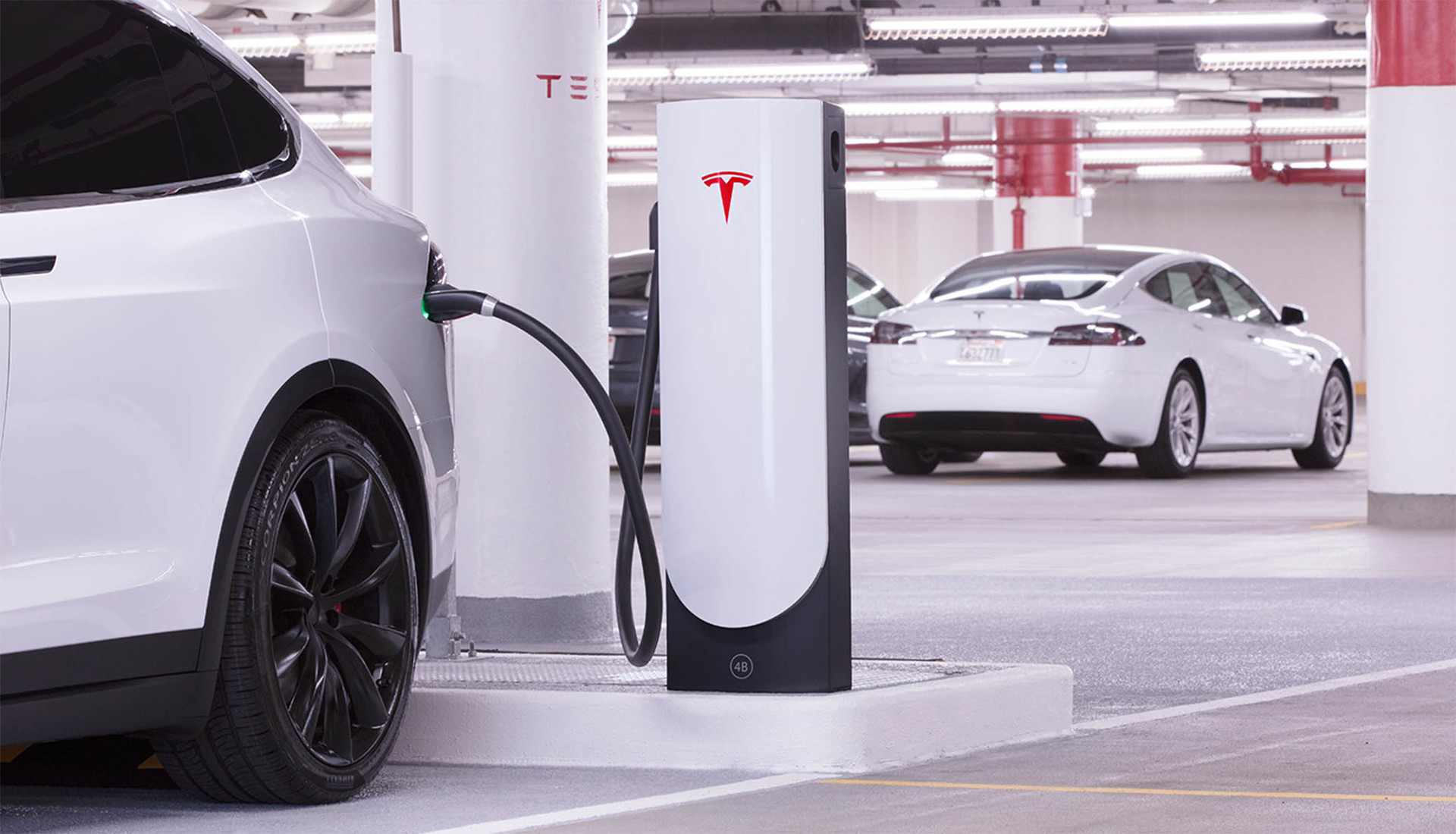Electric vehicles (EVs) are rapidly transforming the transportation landscape, offering the environment with a greener, more green alternative to traditional gasoline powered automobiles. However, for many considering making the switch, one question is how are charging stations for electric vehicles working? No worries, future EV-drivers! This article will explain the secrets behind these essential components in the electric vehicle infrastructure. You will then be able to confidently navigate through the electronic vehicle world.

The fundamental concept is: Providing power and refilling energy
Chargers for electric cars work in a way that seems simple. They act as intermediaries between your car and the grid. Think of them as electric motors that pump electrons around, replenishing the energy reserves that help propel your EV forward. It’s easy simply park your EV at a charging station, connect the charging cable with an appropriate plug, and voila – the electricity flow begins.
Plugging In Connecting In: Compatibility and Charging Speeds
While the principle is the same in most EV chargers, the types of plugs and charging rates may differ. The various plug types at the charging stations of EVs are similar to the ones found at gasoline stations. They vary based on the model of the vehicle, as well as the charging technology. Understanding the various configurations is vital to a seamless charging experience.
Tesla Superchargers, a Network of Speed
For Tesla owners, a specially designed network of strategically placed Tesla Superchargers can provide a huge advantage. These fast-charging stations are designed specifically for Tesla vehicles and boast amazing charging speeds that allow motorists to dramatically recharge their batteries in a short period of time compared to traditional charging stations. This means fewer charging stations, less waiting time and more convenience when taking long-distance travel in a Tesla.
Beyond Tesla Explore Different Charging Options
Tesla Superchargers don’t represent the entire EV charging ecosystem. Numerous public charging stations are accessible in various locations, run by different organizations and compatible with more extensive range of electric vehicles. These stations provide a variety of charging speeds. From Level 2 chargers that can charge faster than the home outlet to DC Fast Chargers, the most efficient charging speed, similar to a filling at an gas station.
Planning Your Time Do You Have a Plan?
The concern of running out before reaching an outlet for charging is one of the primary concerns for prospective EV buyers. But with the expanding number of charging stations, and the growing capacity of more recent EVs that this issue is decreasing. Many EV models are capable of covering hundreds of miles on one charge. Apps that assist in planning routes can also help you find charging stations on your route.
Here is a glimpse into the technology behind the charger
The magic of EV charging stations is in the clever interplay between technology. The station functions as a transformer, converting the alternating current (AC) electricity from the grid to direct current (DC) electricity which is the kind of power your battery requires. Additionally, the station houses safety protocols and security features to ensure safety and efficient charging process.
Easy and convenient: Charging forward
The charging of EVs is becoming more convenient and easier to use. The majority of charging stations that are accessible to the public are user-friendly and offer the option to pay using credit card or an exclusive mobile application. Certain housing and workplace complexes as well as offices have charging stations installed which allow users to charge while at the office or at home.
The Green Grid Connection is promoting sustainability
The growth of EV charging stations brings huge environmental benefits. They help ensure a cleaner and more sustainable transportation systems by promoting electric vehicles that produce no emissions from tailpipes. When the grid is switched to renewable energy sources such as wind power and solar power, charging EVs will become more environmentally friendly. We’ll have less dependence on fossil fuels. Contact for How EV Charging Stations Works
In the end, understanding EV charging stations empowers potential EV owners to make educated choices. Through their easy operation in addition to their increased accessibility and the role they play in encouraging sustainable development These stations represent the keystone to a future powered by sustainable and eco-friendly electric mobility. When you next come across an electric vehicle charger, don’t overlook that it’s not just a plug, but the gateway to an environmentally friendly and sustainable future of transport.

